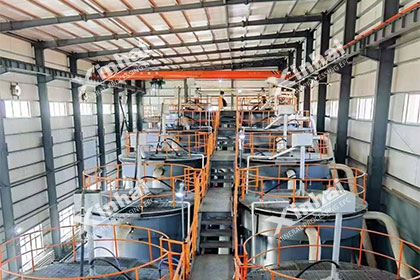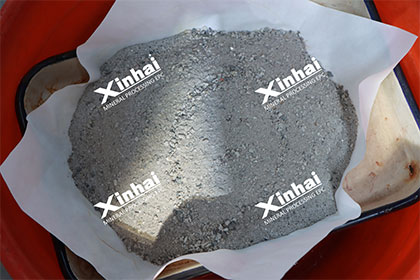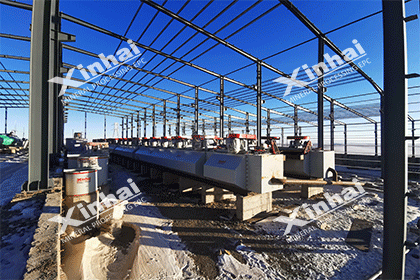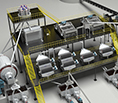What Is the Process of Phosphate Rock Beneficiation?
 Laura
Laura
 Jun 29, 2025
Jun 29, 2025
 745
745
If you want to know more details about equipment, solutions, etc, please click the button below for free consultation, or leave your requirements!
Phosphate rock is the backbone of global agriculture, providing the phosphorus needed for fertilizers. But raw phosphate ore is packed with impurities like clay, sand, and silica. To unlock its value, it undergoes beneficiation—a series of steps to remove waste and concentrate the phosphate. In this guide, we’ll simplify the process and explain how it transforms rough ore into a vital resource.
01 Why Beneficiate Phosphate Rock?
BackHigher Purity: Removes impurities that hinder fertilizer production.
Cost Efficiency: Reduces energy and chemical use in downstream processing.
Sustainability: Minimizes waste and environmental impact.
02 The Phosphate Rock Beneficiation Process
Back1. Mining and Crushing
Phosphate rock is first extracted from open-pit or underground mines. The ore is then fed into jaw crushers or gyratory crushers, which break it into gravel-sized pieces (5–10 cm). Crushing increases surface area, making it easier to separate phosphate from impurities later.
2. Washing and Screening
Log Washers: High-pressure water jets blast away clay and soft materials.
Rotary Scrubbers: Rotating drums scrub the ore to dislodge stubborn impurities.
Vibrating Screens: Separate washed rock into coarse and fine fractions.
This step removes up to 30% of silica and clay, preparing the ore for further refinement.
3. Grinding
The washed ore is ground into a fine powder using ball mills or rod mills. Grinding ensures phosphate minerals are fully "liberated" from surrounding waste, boosting the efficiency of later steps.
4. Froth Flotation (Key Step!)
Flotation separates phosphate from silica and other minerals using chemistry and physics:
Conditioning: The slurry is mixed with reagents:
Collectors (fatty acids): Make phosphate particles water-repellent.
Depressants (sodium silicate): Prevent silica from reacting.
pH Adjusters (sulfuric acid): Optimize the chemical environment.
Flotation Cells: Air bubbles are pumped into the slurry. Phosphate sticks to the bubbles and rises as froth, while impurities sink.
Froth Collection: The froth is skimmed off, dried, and processed into phosphate concentrate.
Did You Know? Flotation recovers 85–95% of phosphate from high-quality ores!
5. Dewatering and Drying
Thickeners: Remove excess water from the phosphate slurry.
Filter Presses: Squeeze out remaining moisture, forming a damp cake.
Rotary Dryers: Heat the cake to create a dry, market-ready product.
6. Tailings Management
The waste (tailings) from flotation and washing is pumped to settling ponds. Modern plants recycle water and repurpose tailings for construction or land reclamation.
03 FAQs
BackQ: Can all phosphate ores be beneficiated?
A: Most sedimentary ores respond well to flotation, but igneous ores may need additional steps like calcination.
Q: How much energy does the process use?
A: Grinding and flotation consume 60–70% of total energy, driving innovation in efficiency.
Q: What happens to the final product?
A: Phosphate concentrate is used in fertilizers (75%), animal feed, and industrial chemicals.
04Conclusion
BackPhosphate rock beneficiation is a blend of brute-force machinery and precision chemistry. From crushing and washing to the magic of flotation, each step ensures farmers get the high-quality fertilizers needed to feed the world. As demand grows, advancements in water recycling, dry processing, and AI are making this process cleaner and more efficient. For miners and environmentalists alike, understanding beneficiation is key to sustainable phosphorus production.
Feel free to contact us and learn more about phosphate rock beneficiation solutions!
 +86 183 3575 8886
+86 183 3575 8886 pinklaurabao@gmail.com
pinklaurabao@gmail.com



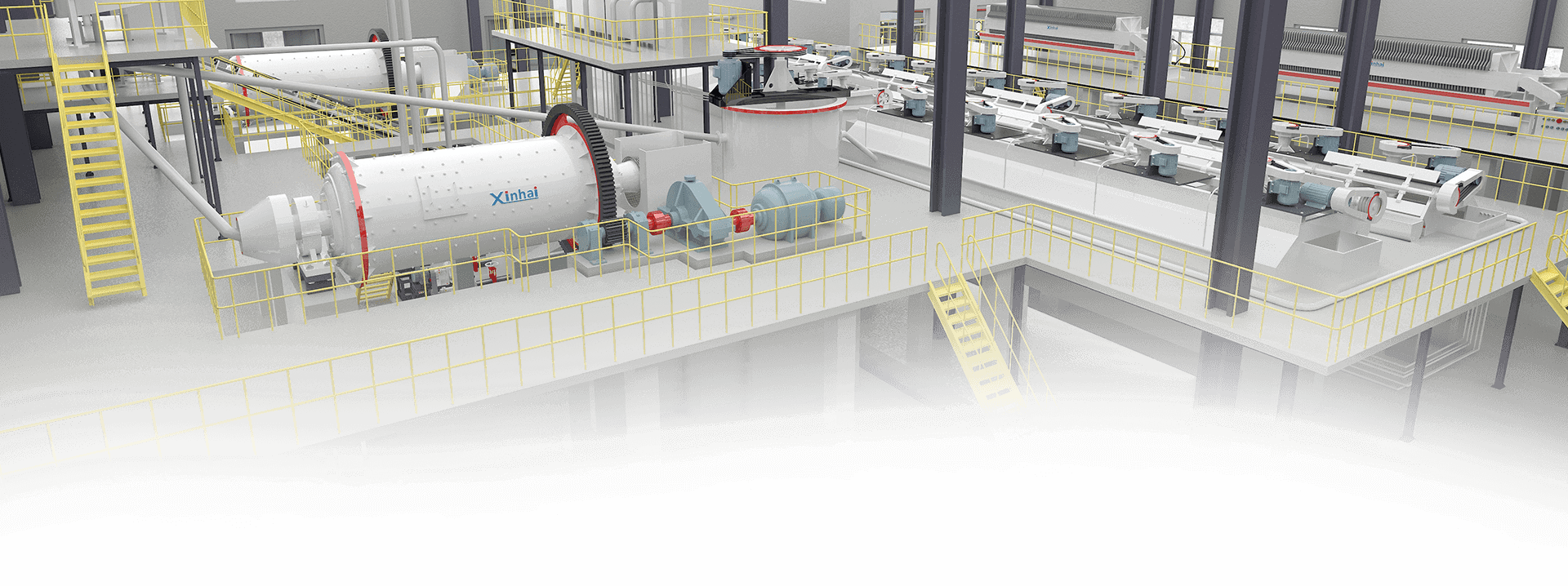
 Message
Message Chat Now
Chat Now


